
The question of how to price photography prints is posed in front of everyone who wants to expand their photography business, receive more income, and stand out from other photographers in their city.
Pricing isn’t a subject that most photographers particularly like. While it may seem boring and tiresome, it’s an important part of managing a photography business since prices for this service these days range from $50 to $200 per print.
In this article, I’m going to tell you why such a large difference is possible and how to properly calculate your price list.
After you’ve determined your business model and the main drive behind the decision to sell photo prints, it’s time to determine how much to charge for prints.
Here are three tips on how to perform factual calculations and price photography prints that will help you achieve success.
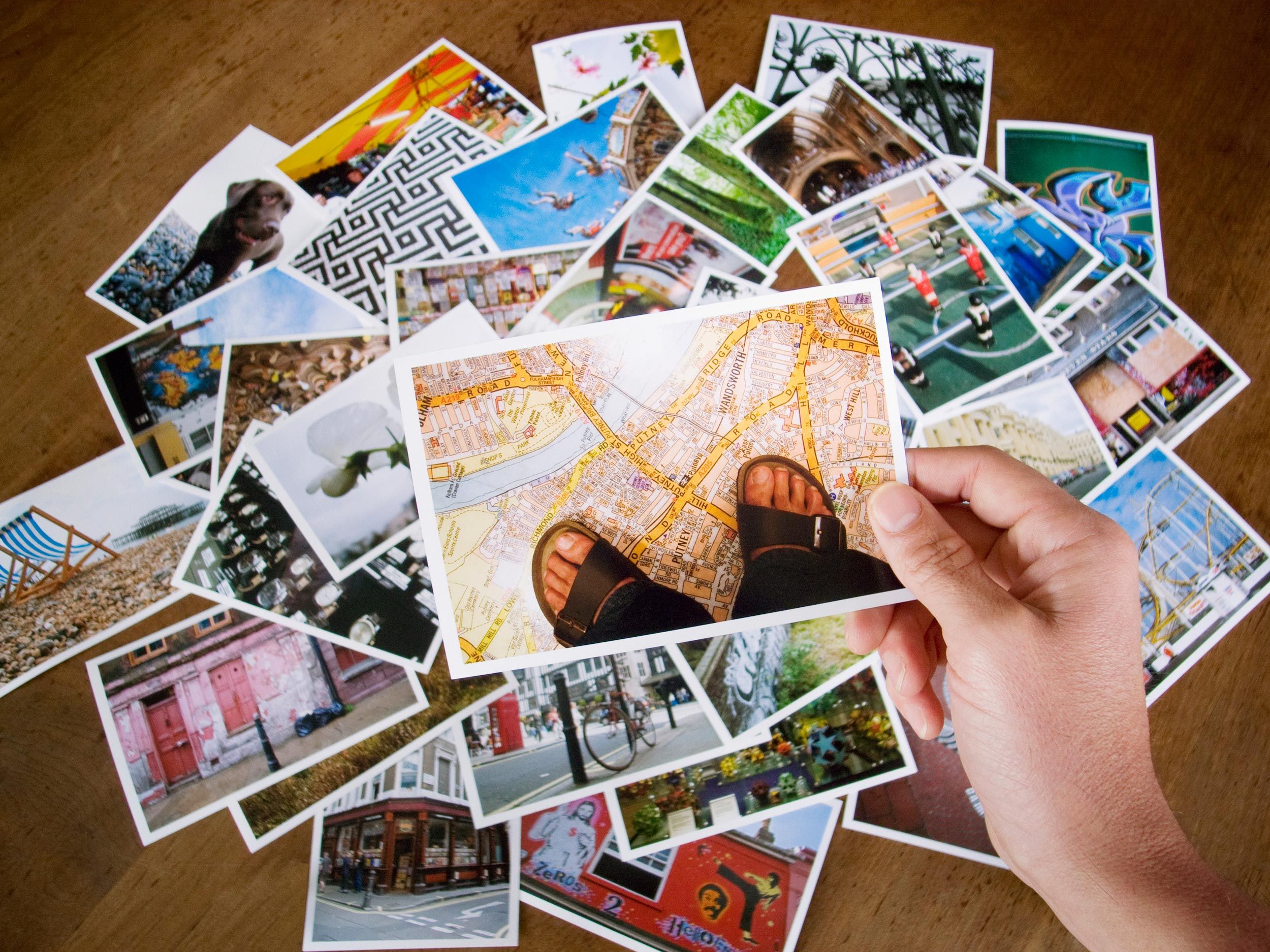
If you’re collaborating with a company or processing laboratory, you’ll receive detailed pricing information from them. Ensure that information accounts for labor, data transfer, paper, and print quality fluctuations as well as handling costs.
Cooperate with your printing partner to figure out a price that satisfies your business model. Remember that there’s a huge difference between mass photo printing and limited series prints.
If you’re interested in fine art prints that come with lamination and framing, you should probably determine the price on an order-by-order basis. Note that framing can boost the printing cost by a lot and it entails extra storage and transportation expenses.
After doing all the necessary calculations, accounting for business overheads, and analyzing the expectations of your clients and the photographer print prices set by your competition, it’s finally time to determine how much you should expect to pay for each print.
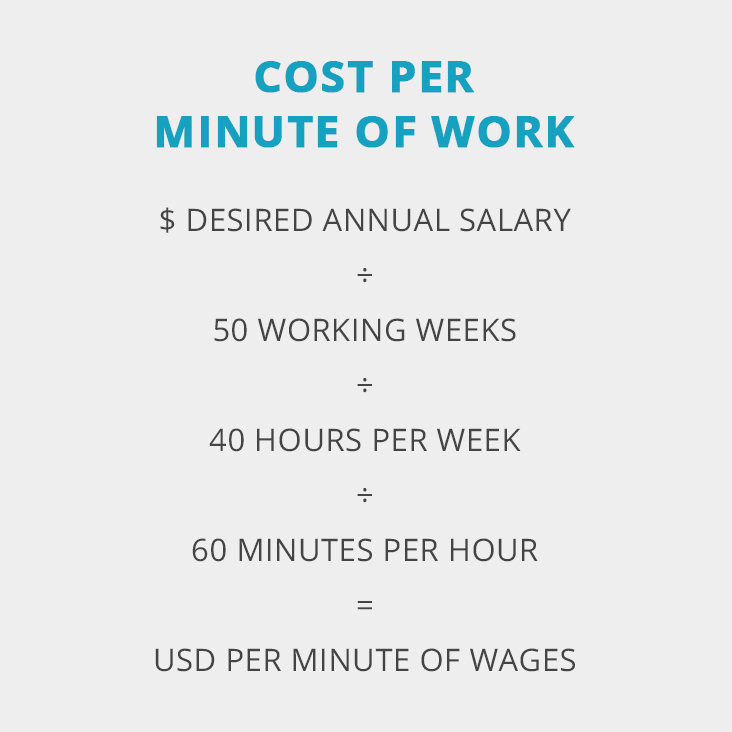
8x10 is a popular print format that takes about 33 minutes on average to create and ship. That time includes image retouching, cropping, sharpening to fit the print size, sending the photo to print, choosing the paper type, finishing, choosing a shipping option, etc. You also have to account for the time it takes to check the finished work, package it, and transfer it to the client.
If photography is your full-time job and you want to make a decent living from it, let’s set your desired yearly salary at $60,000, which is perfectly reasonable. If you have 50 workweeks + a 2-week vacation, and 40 work hours each week, then you should receive $0.50 per minute:
$60,000 yearly wage
÷ 50 work weeks
÷ 40 weekly work hours
÷ 60 minutes per hour
= $0.50 per minute wage
If your by-minute salary is fifty cents and you have to invest 33 minutes to produce an 8x10 print, then the labor cost of the project equals $16.50.
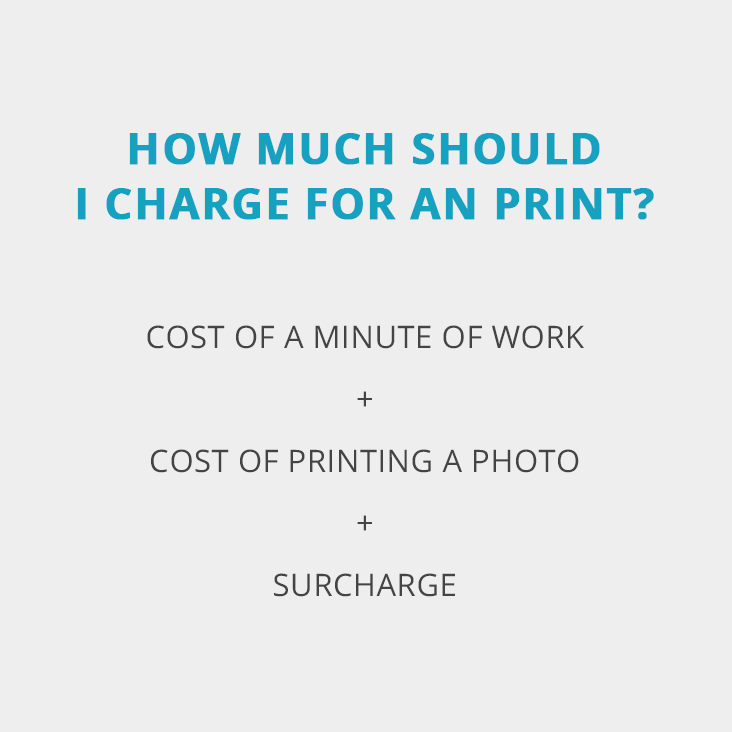
You have to consider two equations when calculating the price for the final service. In the first case, you have to calculate the time you spend preparing the photo, determine how much it costs using the equation above, add the printing cost and increase the received price by 35%.
The second option allows you to simply multiply the price you pay the lab for printing by 4 and set the received sum as the service price. However, I think the first option is fairer in terms of rewarding your work.
Another important moment deals with analyzing competitor prices to ensure you're not undercutting yourself. Change the price if you see fit so that it better reflects the quality of the print, your brand value, and the local market situation.

A useful photo marketing tip is to design a photo pricing guide structure. A proper print pricing structure has to include multiple essential elements. Clients always appreciate having several options, but an overabundance of them can puzzle both you and your print partner.
You can also offer multiple print qualities so that the customer can pick between standard paper and more expensive archival-grade paper. Alternatively, you might provide different printing formats like canvas, glass, or metal.
You should also remember that you can, for instance, make use of a headshot retouching service, that offers discounts on batch photo editing. This can save you time and significantly lower the final price.
Lastly, if you wish to make your pricing structure more appealing to gain an edge over your competitors, think about providing discounts, subscription plans, and organizing giveaways. A simple idea is to provide a free 8x10 print for every 10 prints a client orders. Alternatively, if someone purchases an annual subscription, allow them to pick one photo each month.
For many people, the financial aspect of their photography business feels a bit overwhelming. It doesn’t matter if you’re an experienced professional or are still establishing your brand, you have to take care of a lot of things.
As an aspiring photographer, regardless of what genre you’re working in, you have to figure out a way to sell prints that satisfies both you and your customers. That, in turn, will have a strong effect on many choices including how to price your photography prints optimally. Check out the 3 main reasons to sell your photography prints.
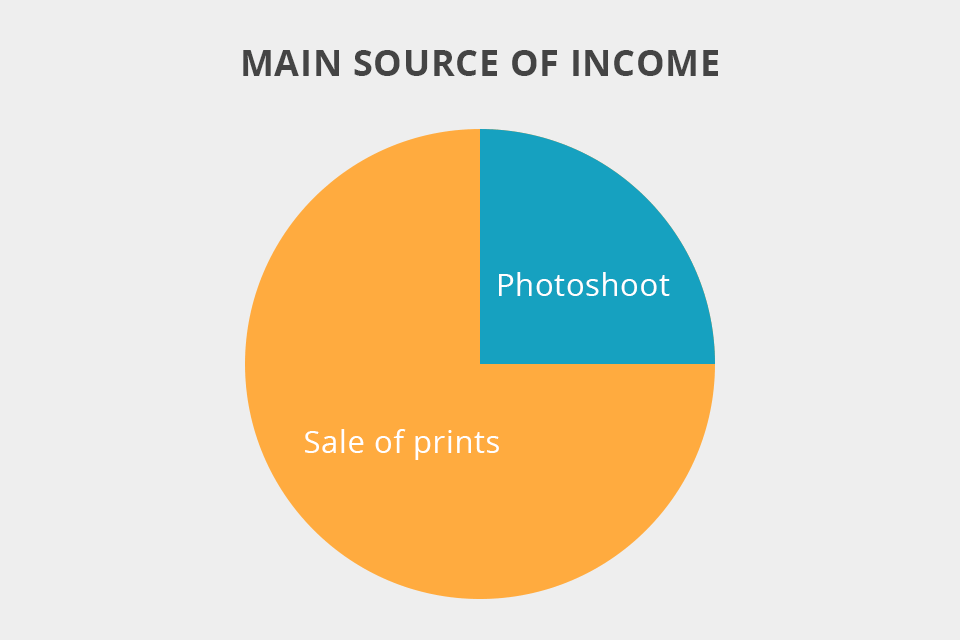
If you plan to make print sales your primary income source, you have to consider multiple crucial factors. You should start by putting together a massive catalog of quality photos that can find their place on the market. While some photographers like to start slowly, eventually you’ll have to go all-out and dedicate a lot of effort to taking stunning images that you’re going to print and sell.
If you’re a landscape photographer, then you have to go on dozens of trips to breathtaking locations. If you want to sell photos of your city's skyline, then you have to be ready to spend a lot of time on the rooftops. Alternatively, you can take up urban photography and get involved with taking photos of the streets and city life.
In terms of where to sell such photos, the first thing that comes to mind is collaborating with the souvenir shops in your town, and to make things even more interesting, you can read up on how to make a photo book and sell entire collections of your photos. You can sell such albums on platforms like Etsy and use a free online editor for creative covers to attract the attention of potential buyers.
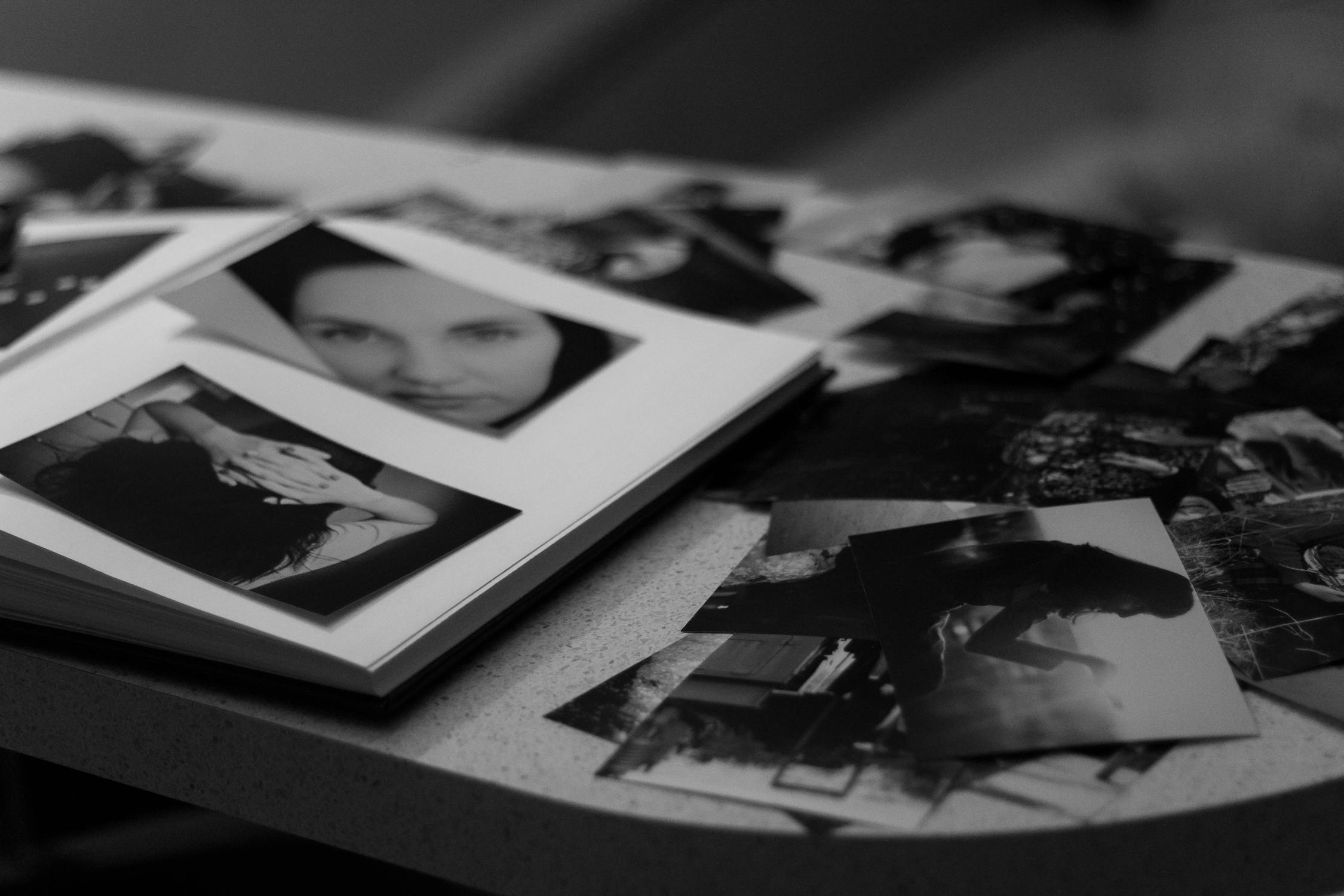
You have to agree that during the pandemic, the demand for event photoshoots has fallen quite drastically and photo prints can either bring in some additional revenue or become your main source of income. Besides, selling prints as an extra revenue source comes with multiple advantages.
If you’re a pro photographer who already comes directly in touch with customers, there’s no reason not to start offering them prints for sale. For instance, if you’re involved in wedding photography, you can offer to print out creative wedding photography ideas or their best wedding portraits.
Selling image prints directly to your clients is significantly easier since they have already established an emotional connection to the photos. Additionally, you allow them to bypass the hassle of dealing with the printing process themselves. It can also serve as an efficient promotion tool for your photography business.
On the other hand, if you’re a beginner photographer, then I suggest starting by studying information on how to create a price list for photographer. You can also make use of photography pricing templates to create a price list that features printing information and then give it out to potential clients.

The last business model that you can adopt is fine art photography. Think about other artists that can dedicate an entire year to make a single painting or statue. They sell that one art piece to a gallery or customer that is ready to compensate for the time, effort, and talent that went into the creation process.
You can aim for the same goal by offering fine art prints of your best photos. Even though you can print more than one copy a year, the idea here is to focus on providing your best work and only selling a limited series of prints. You’ll be able to attract art collectors, galleries, and individual customers that would pay good money for a rare high-quality photo.
A corporation might use such a print to decorate their office space, a gallery might use it for its exposition, or someone might just get it for their New York apartment. However, to ensure such an approach is profitable, you need to learn how to price photography prints like an artist and not a regular stock photographer.
After picking the optimal business model for print selling, you have to determine the ins and outs of how it’s going to work.
You need to understand that there’s a noticeable difference between a photographer that mass-produces prints and one that only prints out a limited series for a gallery. It’s also vital to find out and analyze how other business models handle print sales.
This is needed in case you choose to branch out or merge different business approaches. After all, you can decide to sell most photos in mass quantities while reserving your best work for fine art prints. Now, divert your attention to these 3 suggestions on pricing photography prints and selling them.
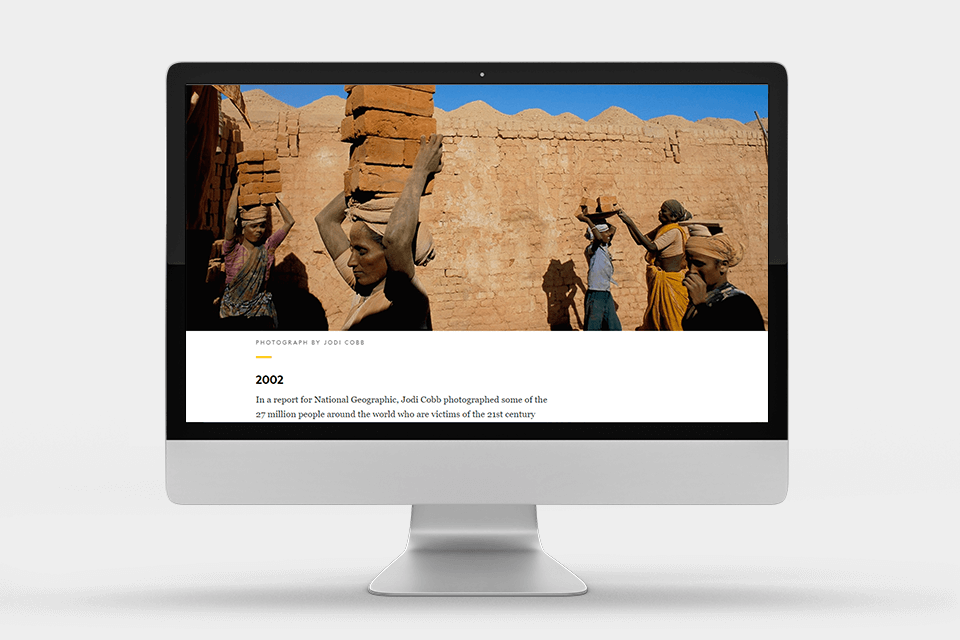
If you plan to get into print sales but won’t invest the effort needed to find out what is trending in the art world, you can’t expect to make a lot of money. Research and study the market. There’s no need to switch to a different genre to maximize your revenue, but you can’t completely ignore what the competitors are doing either.
Additionally, you should try to estimate how much are clients ready to pay and what level of quality you have to deliver. Even the best photos in the world won't look good if you use poor paper or cut costs on printing since that will quickly affect your bottom line.
You can take advantage of a long list of printing websites that have huge collections of best-selling photo examples. Examine the price points offered by those websites and competing photographers.
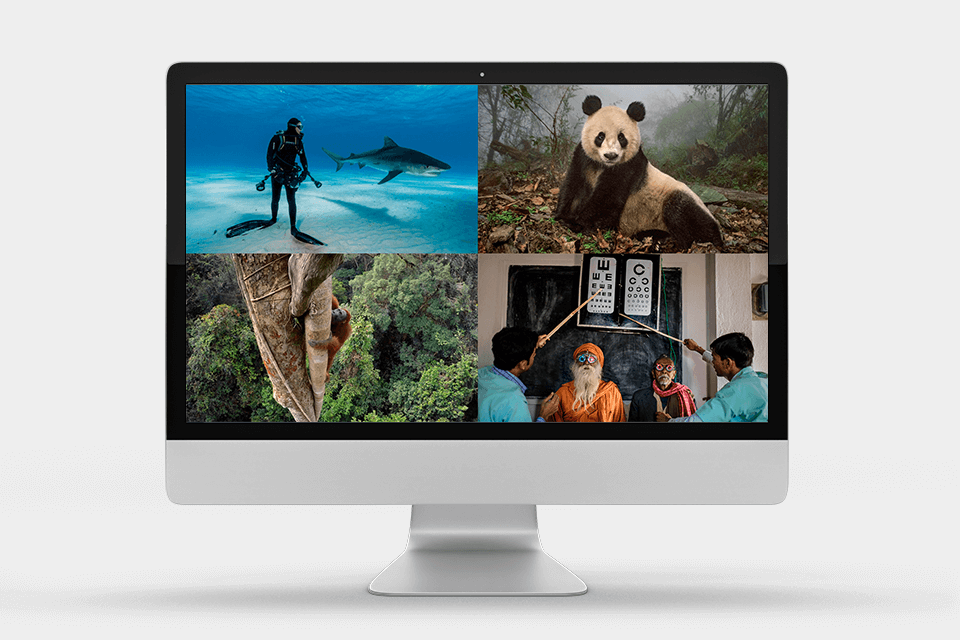
When it comes to critics, it’s nearly impossible to find a more subjective one than yourself. Photographers are typically either too hard on their work or are unable to see some flaws and room for improvement that would be instantly visible to a third party. That's why it's crucial to break away from the emotional attachment you have to your work and look at it with an open mind. If you have trouble doing that, establish a mentor relationship with someone who can.
Another useful suggestion is to select an e-commerce platform that allows you to track the statistics of what photos visitors are viewing the most. The provided management tools should record and break down what your audience clicks on and buys.
Such data can be extremely important for optimizing your photography print sales strategy. If a specific work isn’t selling, you can consider taking it down and replacing it with a similar image to those that have higher sales figures.
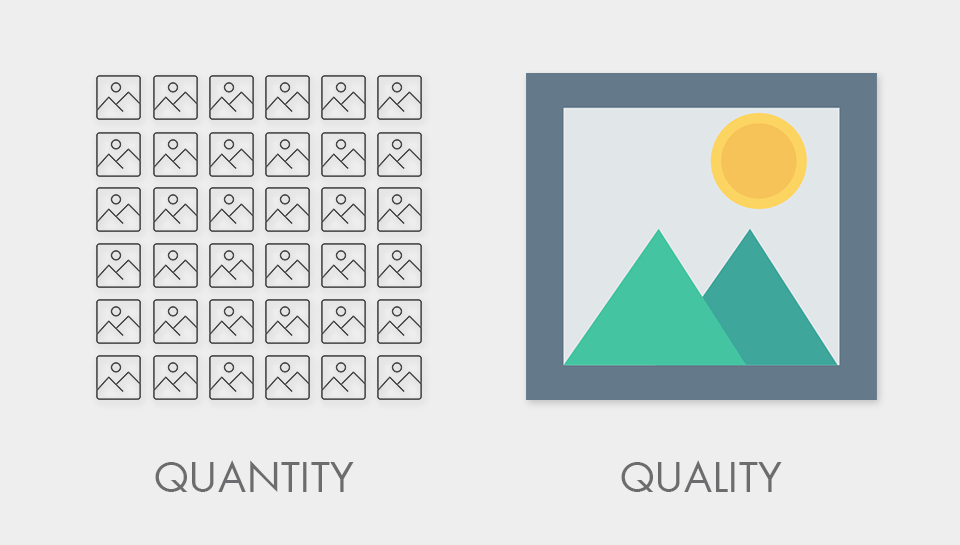
When launching and running a business, one of the core principles you have to uphold is cost management. You have to implement it to ensure you’re not wasting any money while keeping tabs on the quality of your products and how your competition is pricing photography prints.
It sounds simple but the reality of balancing different aspects is a bit harder and one that needs to be addressed regularly. When talking about photography prints, the bulk of cost management comes down to paper stock and printing services.
Additionally, you have to factor in the client’s quality expectations. As mentioned above, you can’t realistically expect to sell fine art prints if the quality of the paper is subpar. You won’t be able to pitch such a product to galleries, and a customer will never buy a second print after seeing the low quality of the first one they got.
Another vital consideration is the quality of the photo itself. It doesn't matter if you want to sell a single or a hundred prints of a photo, the time you invest into image post processing is as important as the time you invest into the actual photoshoot and pricing photo prints.